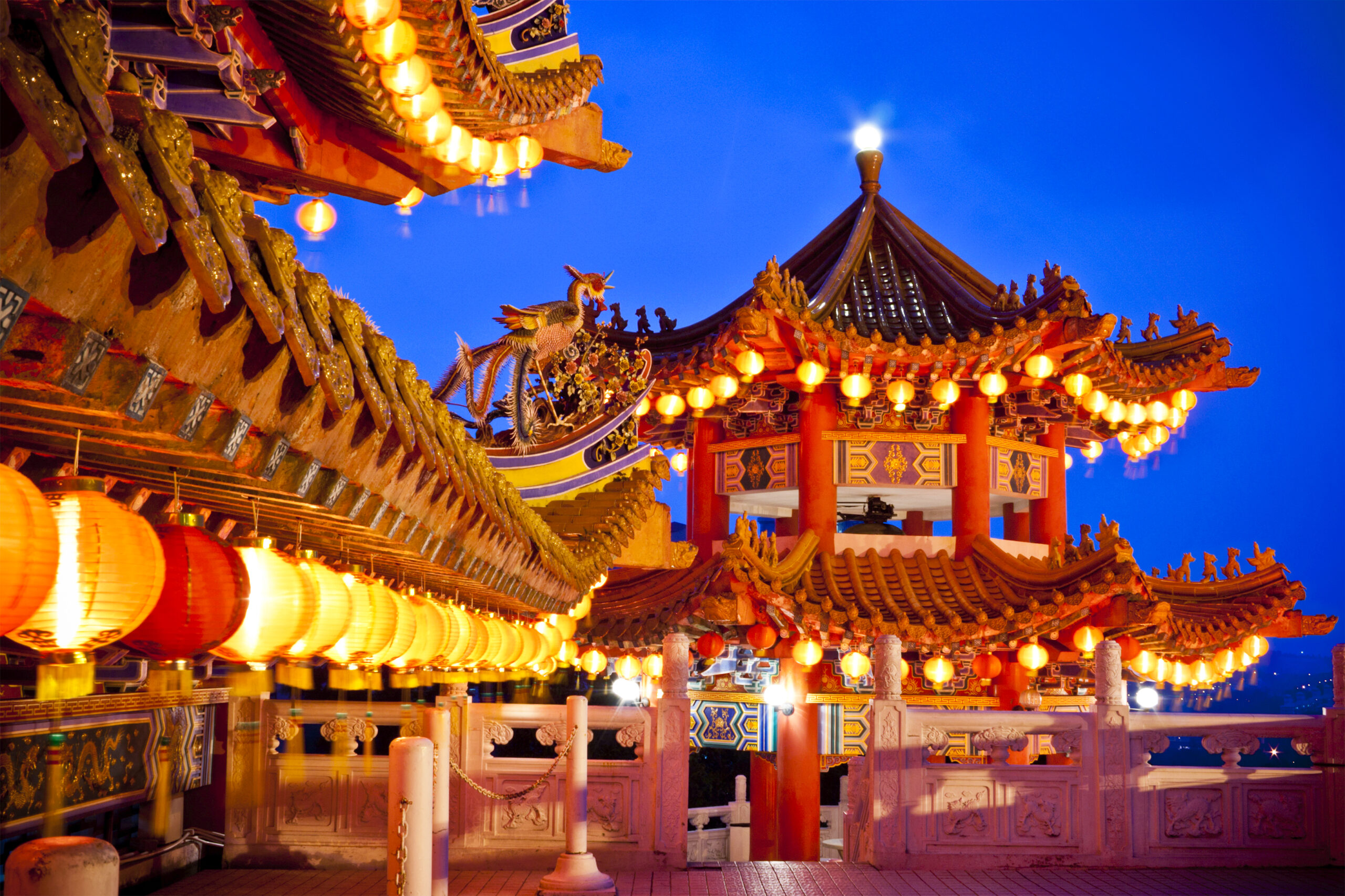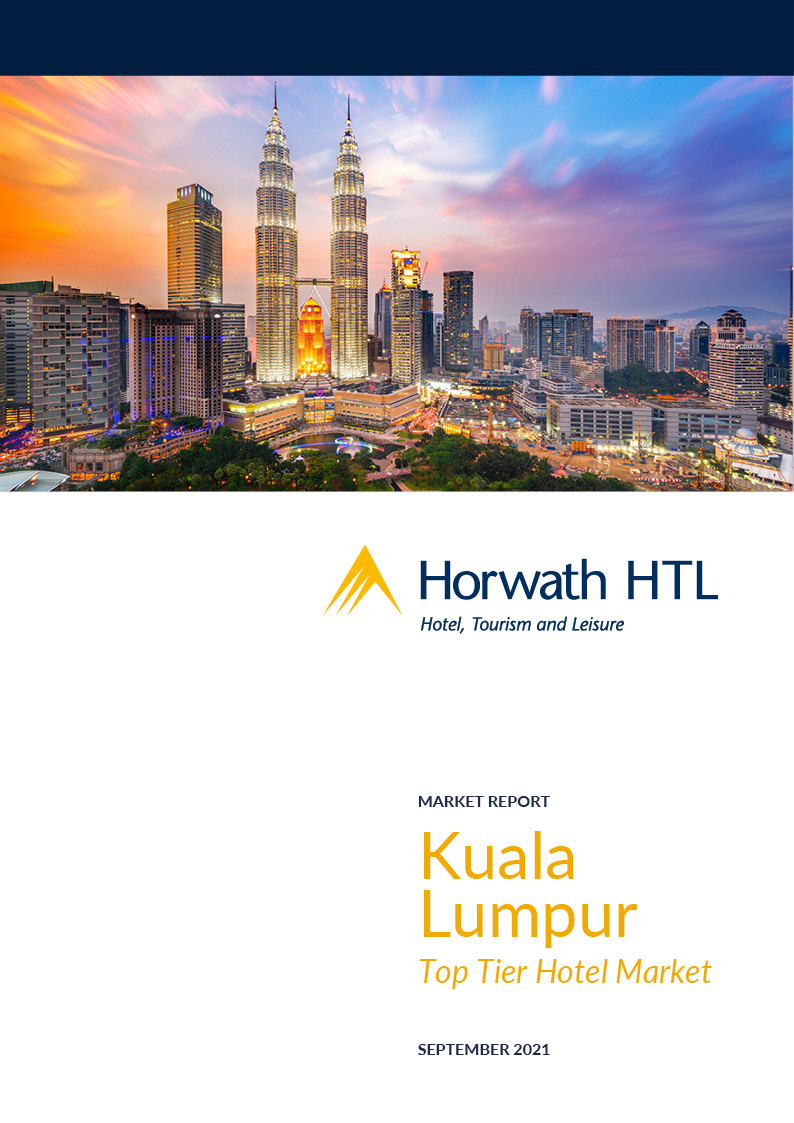
Report
Kuala Lumpur: Top-Tier Hotel Market
Kuala Lumpur (KL), Malaysia's main economic and business centre, houses the largest number of upper-upscale and luxury hotels in the country. The city, a hub for finance, insurance, real estate, and the arts, continues to expand with its Greater KL region contributing significantly to Malaysia’s economy.
Historical Performance
- Visitor Arrivals: KLIA and klia2 airports experienced an 8% annual growth in passenger arrivals between 2009 and 2019, with international arrivals making up 72% in 2019. The pandemic led to an 80% drop in arrivals in 2020.
- Hotel Occupancy and ADR: From 2016 to 2019, top-tier hotel occupancy remained above 64%, peaking at 67% in 2019 despite new supply. The Average Daily Rate (ADR) also saw growth but fell by 3% in 2019 due to increased competition. In 2020, top-tier hotels saw a 58% decline in occupancy and a 17% drop in ADR.
Market Segmentation
- Luxury Hotels: Experienced steady growth from 2016 to 2019 with resilience to new supply. However, 2020 saw a 64% drop in room-nights demand (RND) and a 10% decline in ADR to MYR 514.
- Upper-Upscale Hotels: Historically achieved higher occupancy than luxury hotels. In 2020, RND fell by 53% and ADR declined by 20%, mainly due to quarantine and COVID-related room-nights at discounted rates.
Demand Sources
- Direct FIT (Free Independent Traveler): Dominated the market with 40-42% of RND in 2019, driven by proximity to major attractions and high-profile international branded hotels.
- Corporate Demand: Significant source, especially from Monday to Thursday, driven by proximity to workplaces and corporate rates. Major contributors include oil and gas companies, financial institutions, and MNCs.
- MICE (Meetings, Incentives, Conferences, and Exhibitions): Accounted for 14-16% of RND, with a mix of in-house corporate events and leisure-related social gatherings.
- Other Segments: Included Wholesale FIT and Leisure Groups, critical for maintaining occupancy during low seasons, and a variety of other sources such as government and long-stay guests.
Nationality Mix
- Domestic Market: Accounted for 27% of RND in 2019.
- Foreign Market: Dominated by guests from other Asian countries, particularly Japan and China, followed by Southeast Asia, Europe, North America, and the Middle East.
Future Supply KL is expected to see an influx of over 3,600 new rooms from 13 projects by 2027, all from international brands. Major upcoming hotels include:
- Luxury: Conrad, JW Marriott, Kempinski, Park Hyatt, Jumeirah, SO/ Sofitel, Regent, Edition, and another JW Marriott.
- Upper-Upscale: Hyatt Centric, Hotel Indigo, Kimpton, and Hyatt Regency.
Market Recovery and Outlook
- 2021: Projected further declines due to ongoing restrictions and border closures.
- 2022: Gradual recovery expected with the reopening of borders and the return of domestic demand. Herd immunity is anticipated by late 2021, aiding in the recovery.
- 2023 and Beyond: Full recovery to pre-pandemic levels expected by 2024 for luxury hotels and by 2026 for upper-upscale hotels, driven by pent-up demand and new high-profile hotel entries.
Download the report
For detailed charts, graphs, and further analysis, download the full report here





